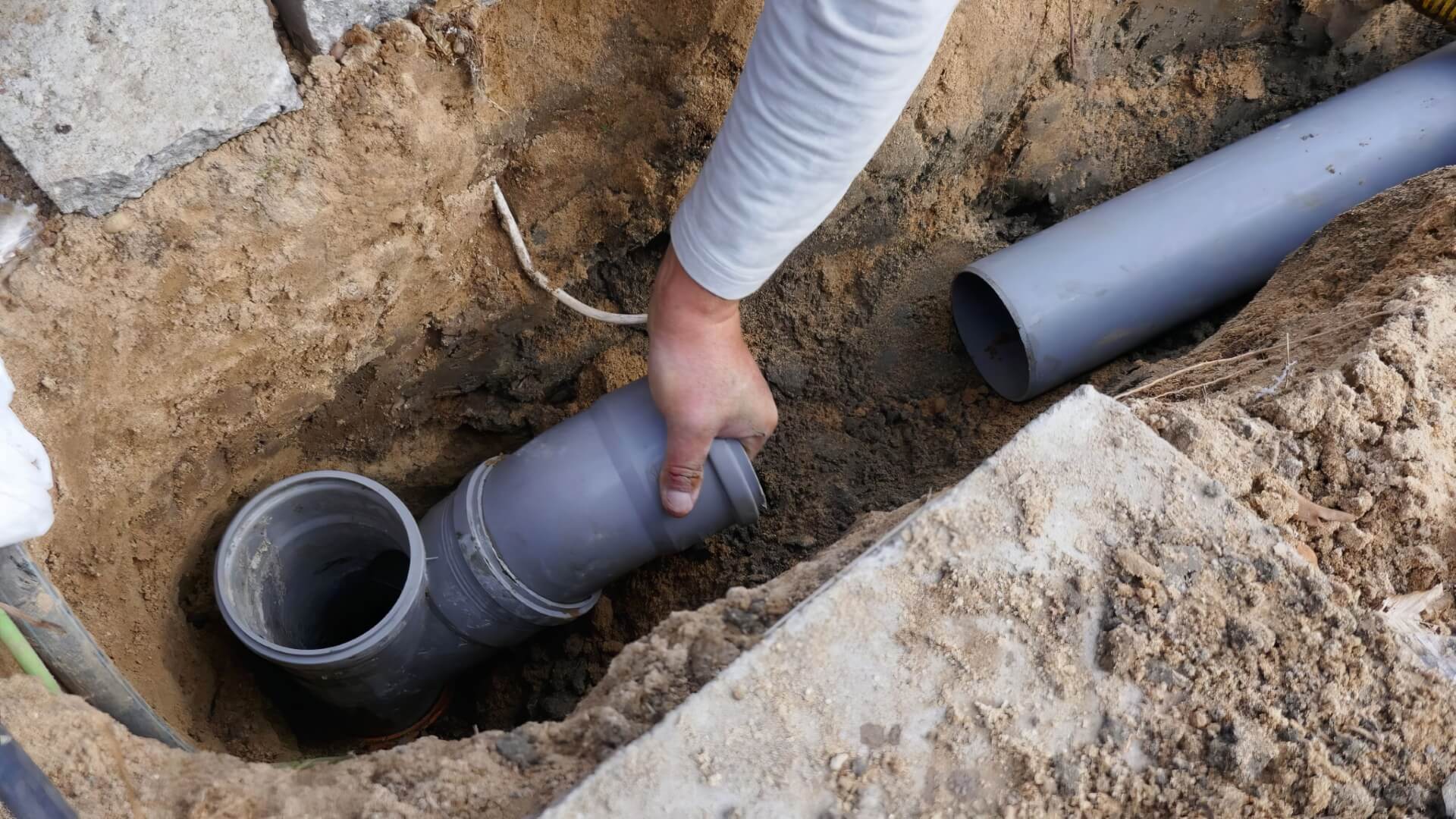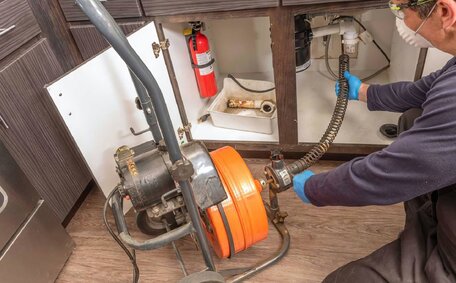Introduction to Water Quality Issues in Hot Water Systems
The quality of water used in hot water systems is crucial for efficient operation and water safety. Poor water quality can lead to a number of issues that reduce system performance and longevity. Sediment, rust particles and other contaminants can also cause problems by clogging components and providing environments for harmful bacteria to thrive.
Hard water, which contains high levels of minerals like calcium and magnesium, is a common challenge that leads to scale buildup and corrosion inside water heaters and pipes.
Maintaining good water quality helps prevent premature failures, odours, discoloration and potential health hazards. Understanding one’s local water supply and unique home setup is key to identifying risks and taking appropriate protective steps. With some vigilance and proactive care, hot water systems can operate smoothly for years to come.
Through regular maintenance like draining and flushing heaters, and installing filtration and softening solutions, many common water quality problems can be mitigated or avoided.
Common Causes of Discoloration, Odors, and Bad Tasting Water From Hot Water Systems
There are several common culprits behind changes to the look, smell and taste of hot water from home systems:
Rust and Corrosion
As metal pipes, fittings, tanks and heaters corrode over time, rust particles can dislodge and contaminate water supplies.
This leads to discoloured water with a metallic taste. This leads to discoloured water with a metallic taste. This leads to discoloured water with a metallic taste.
Sediment
Dirt, sand and debris entering water lines from the mains supply or storage tanks can cause cloudy, discoloured water with a noticeable odour and bad taste. Sediment settling in the tank and pipes should be flushed out regularly.
Scale Deposits
Hard water rich in minerals like calcium and magnesium leaves scale deposits inside hot water systems as it’s heated. This can impart a chalky taste and smell. A water softener helps reduce scale by removing excess minerals.
Bacteria Growth
Biofilms and colonies of bacteria can accumulate in pipes, heaters and tanks. Their metabolic processes create rotten egg odours and foul tastes. Flushing with disinfectants helps kill bacteria and control growth.
Chemical Leaching
In older heaters and pipes, water interacting with components like rubber gaskets and pipe lining can leach chemicals that create unpleasant smells and tastes in the hot water.
By being aware of these common causes, steps can be taken such as routine maintenance, installing filters and softeners and using protective pipe materials to prevent issues with hot water quality in the home.
Corrosion and Rust Formation in Hot Water Tanks and Pipes
Corrosion of metal components is a major factor in rust formation within hot water systems. As water repeatedly comes into contact with the inner lining of steel or galvanised tanks and pipes, surface oxidation occurs over time. This corrosion process dislodges rust particles into the water supply.
Oxygen, low pH and certain bacteria promote greater corrosion activity. Areas of tanks and pipes seeing the most turbulence and flow are often the first to show rust buildup. Rust contamination gives water a red-brown tint and metallic taste.
Hard water accelerates corrosion as well.
Minerals like calcium and magnesium deposit scale on pipe and tank walls. This prevents protective lining from fully contacting the metal surface. Minerals like calcium and magnesium deposit scale on pipe and tank walls.
Replacing dated galvanised piping with PVC plastic pipes prevents rust corrosion. Water softeners also help by reducing mineral buildup from hard water supplies.
Installing anodes in tanks provides cathodic protection against oxidation. Installing anodes in tanks provides cathodic protection against oxidation.
Growth of Bacteria Due to Improper Temperature Settings
Maintaining proper hot water temperatures is crucial for controlling bacteria growth in home water systems. Water heaters should be set to at least 60°C to prevent microbial contamination.
At temperatures below this, conditions become ideal for bacteria like Legionella to rapidly spread. These bacteria thrive in warm, stagnant water environments. Slowed circulation allows biofilms to accumulate in pipes and tanks.
Storage tanks kept below 60°C fall within Legionella’s growth range of 20-50°C. Bacteria entering the tank can proliferate and disperse throughout the system. Faucets fed by lengths of piping act as incubation sites as well.
System design also plays a role. Long runs of pipe between the water heater and fixtures provide opportunities for bacterial colonisation. Infrequently used taps allow stagnant water conditions.
Routinely flushing infrequently used taps and annual tank disinfection kills existing bacteria. Maintaining tank temperatures at 60-70°C prevents conditions suitable for growth. Installing point-of-use hot water heaters also provides a final thermal barrier against bacteria.
Sediment Buildup Inside Hot Water Tanks
Over time, sediment accumulation can occur inside hot water storage tanks. Particles of dirt, sand, silt and other debris make their way into the tank from the main water supply lines or pipes connecting the tank. Old galvanised steel tanks also contribute flecks of rust that add to the sediment.
As the densest particles settle to the bottom of the tank, they compress into a solid layer of sediment. This reduces the water storage capacity. Large sediment volumes can be sucked into heating elements or cause damage when stirred up during flushing.
Sediment also provides an environment for bacteria to thrive when stirred up and dispersed through the hot water system. Thermal convection currents keep fine particles circulating throughout the tank.
Routine draining and flushing every 6-12 months clears out accumulated sediment and helps prolong tank lifespan. Newer tanks have a flush valve at the bottom, making sediment removal easier. Keeping mains input and storage tank inlet screens clear prevents excess debris from entering in the first place.
The Effects of Water Hardness and Mineral Scaling
Hard water with high mineral content can lead to major scaling and corrosion issues in hot water systems. As water is heated, minerals like calcium and magnesium precipitate out of solution, depositing as solid scale layers on the interior of pipes, heaters, and tanks.
This mineral scale buildup reduces heat transfer efficiency, overworks heating elements, and clogs plumbing components. Scale deposits also provide surface area for bacterial growth and corrosion underneath the layers. Hard water scaling shortens the operating life of hot water systems.
Water softening treatment removes excess calcium and magnesium ions, converting the minerals into harmless particles. This prevents hard mineral scale from accumulating. Softened water allows soaps and detergents to lather properly as well.
Installing scale inhibitors provides alternative protection. Maintaining proper water pH also helps control scaling.
These chemicals prevent minerals from binding together and depositing out of the water. With treated soft water or scale prevention, hot water systems remain in good working order.
Using Water Softeners and Filtration to Improve Water Quality
p>p>p>p>p>p>p>p>p>p>p>p>p>p>p>p>p>p>p>p>p>
The Importance of Regular Maintenance and Flushing
Regular maintenance and flushing is critically important for keeping hot water systems operating safely and efficiently over their lifespan. Following the manufacturer’s maintenance schedule helps prevent premature failures and ensure optimal performance.
Flushing the water heater yearly removes accumulated sediment that can corrode tanks, clog pipes and damage heating elements. Flushing also clears any bacterial biofilm and mineral scale buildup. This helps maintain heating efficiency and prevent potentially harmful bacteria like Legionella from spreading.
Replacing old anode rods helps protect steel tanks from corrosion. Checking pipe connections for leaks, testing temperature and pressure relief valves, and confirming proper water pH helps identify other issues before they worsen.
Simple maintenance steps like draining tanks before long vacations and insulating pipes also go a long way. Installing water treatment solutions tailored to the local water supply provides an added preventive measure against scale and corrosion.
Taking the time to regularly service hot water systems avoids costly emergency repairs down the road. With some basic DIY care and professional servicing every 3-5 years, hot water systems can operate safely for decades past their warranty period.
Replacing Anode Rods to Prevent Corrosion
Installing and periodically replacing anode rods is an effective way to protect hot water tanks from damaging corrosion. Anode rods, often made of aluminium or magnesium, act as a sacrificial metal that corrodes before the steel tank. This is called cathodic protection.
The anode rod is designed to corrode, while the tank remains intact. Over time as the anode material gets used up, the rod must be replaced. Anode rods typically last 2-5 years before needing replacement.
This maintains the protective effect.
Failing to replace depleted anode rods removes the barrier against corrosion. Tank walls will start corroding once the rod is fully consumed. Signs it’s time for a new anode rod are reduced hot water pressure and discoloured water.
Plumbing professionals can quickly inspect and replace anode rods. Doing so extends the life of water heaters, preventing leaks and failures. Maintaining the sacrificial anode rod is essential for getting decades of service from hot water tanks.
Descaling Hot Water Systems
p>p>p>p>p>p>p>p>p>p>p>p>p>p>p>p>p>p>p>
Conclusion: Ensuring Your Hot Water System Lasts
Proper installation, maintenance and water treatment are key to ensuring a long, efficient lifespan from your hot water system.
Selecting the right system type and capacity for your household needs provides a robust foundation. Gas systems generally last longer than electric, while tankless heaters have a lifespan of up to 20 years with servicing.
Replacing sacrificial anode rods every 2-5 years protects steel tanks from corrosion. Flushing yearly prevents scale and sediment buildup which reduces efficiency. Insulating pipes retains heat and minimises energy costs.
Installing water softeners and filters tailored to your water supply qualities maximises longevity by preventing scale formation and corrosion. Maintaining optimal water chemistry also avoids element-damaging scale deposits.
With regular professional servicing every 3-5 years and DIY drain flushing and anode rod checks, problems can be prevented before they arise. Taking a proactive maintenance approach allows hot water systems to serve households safely for decades.






